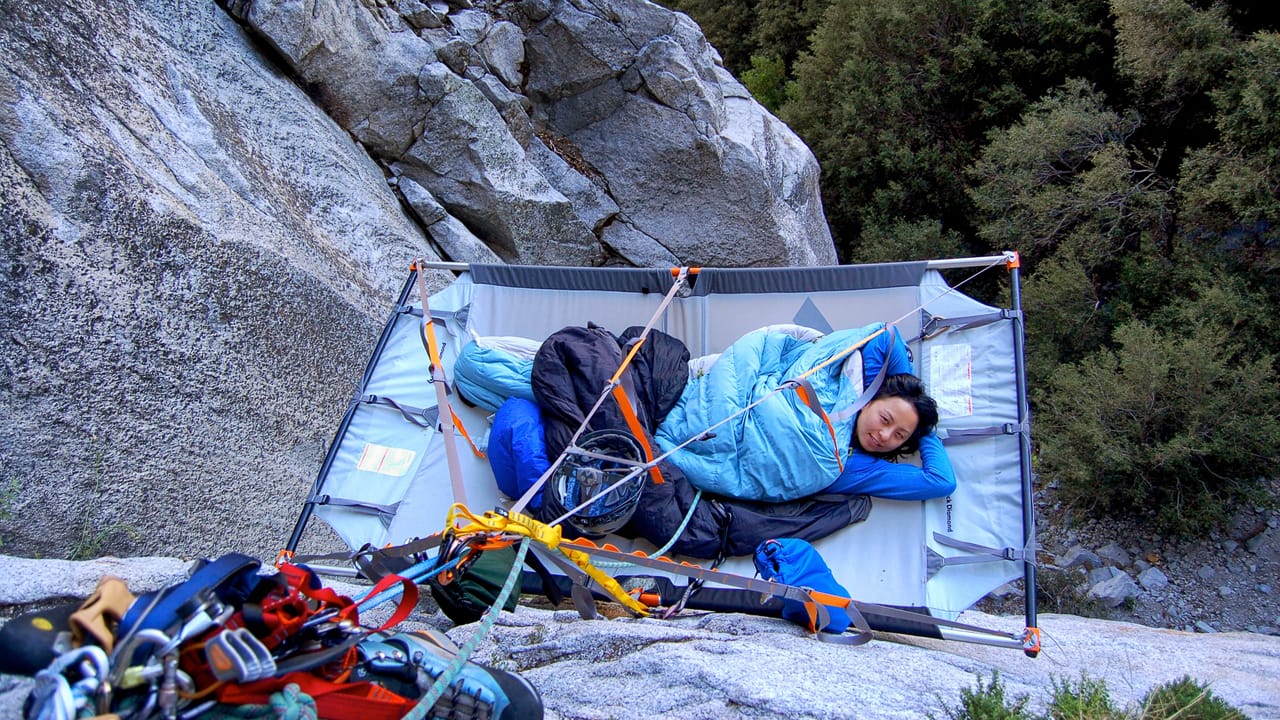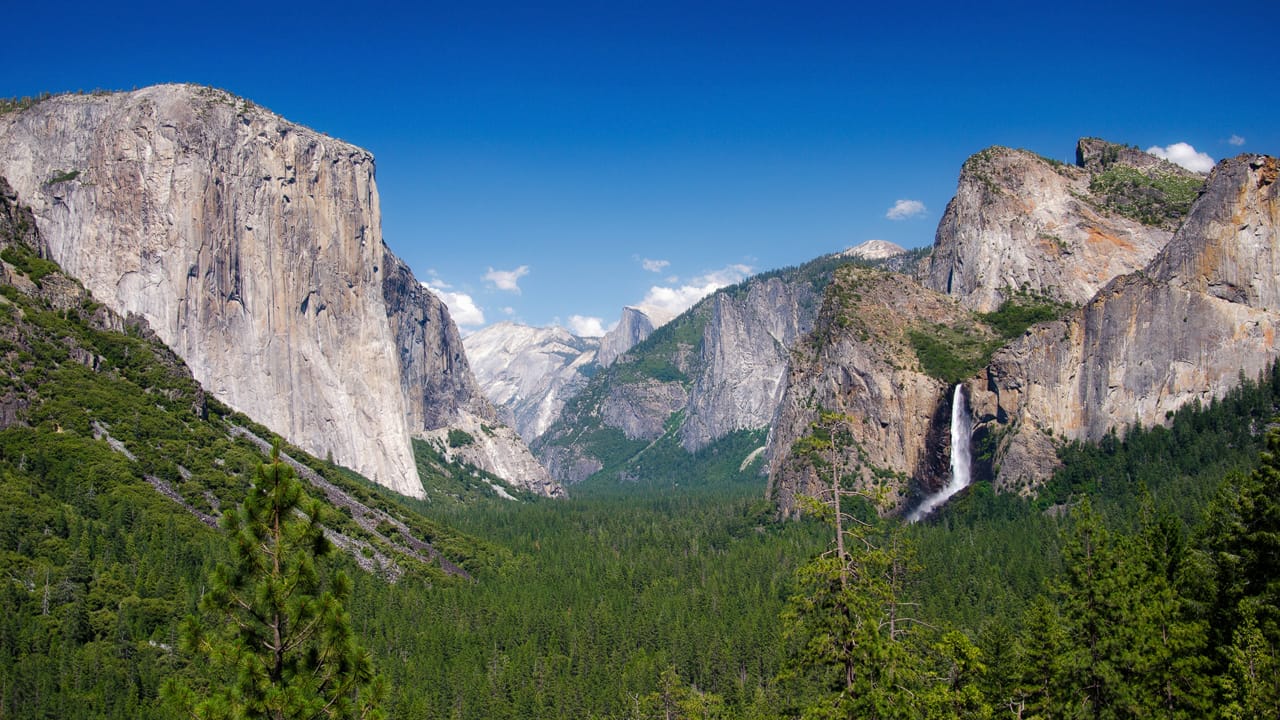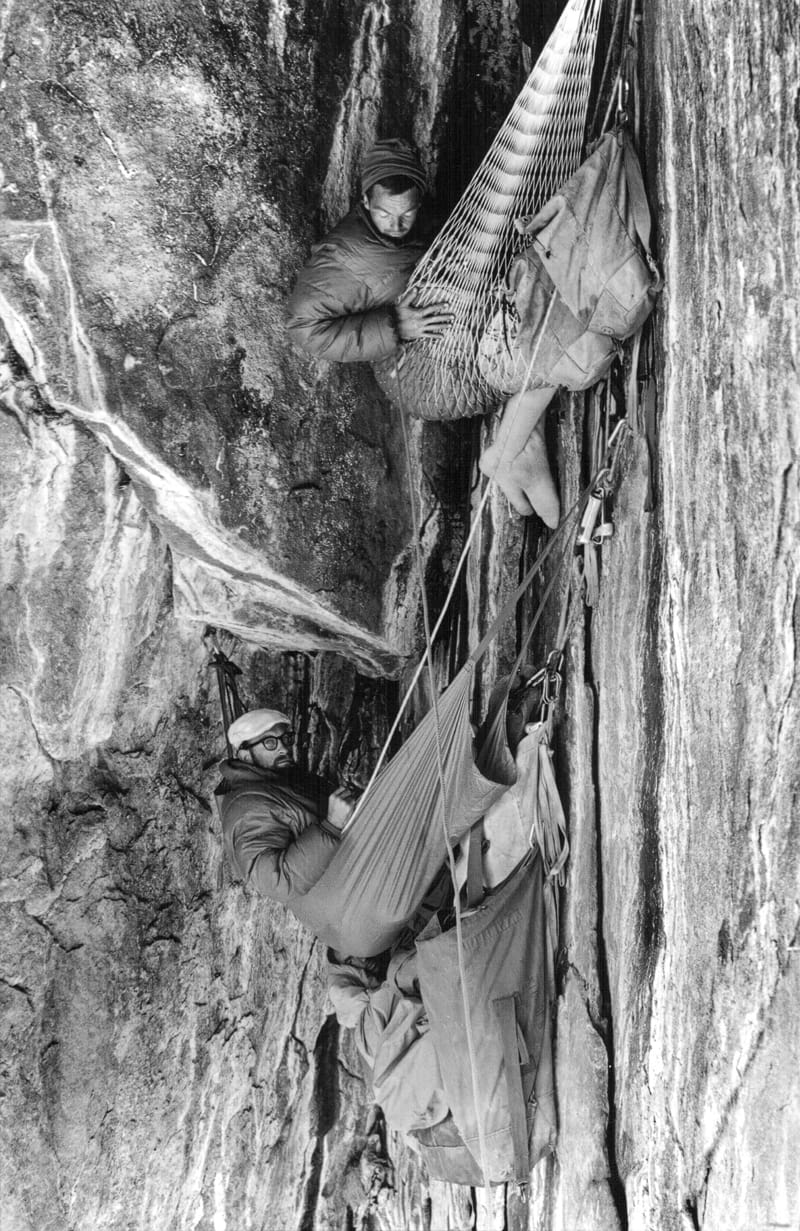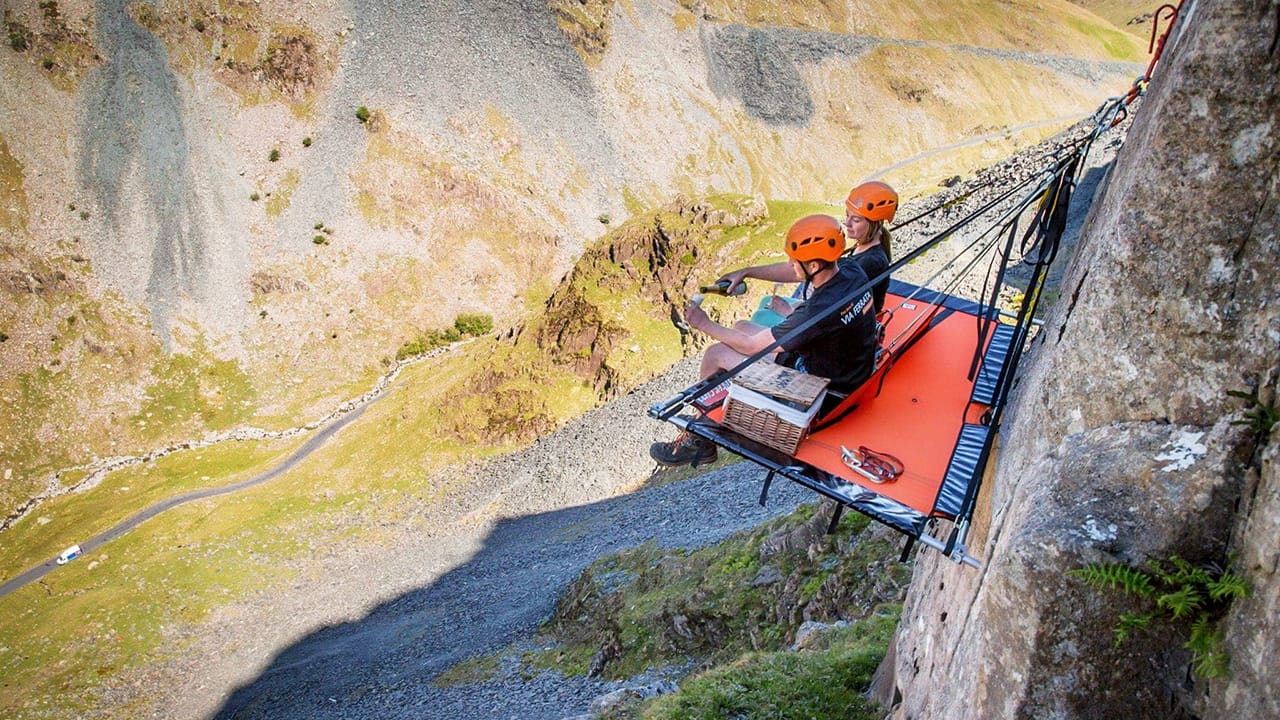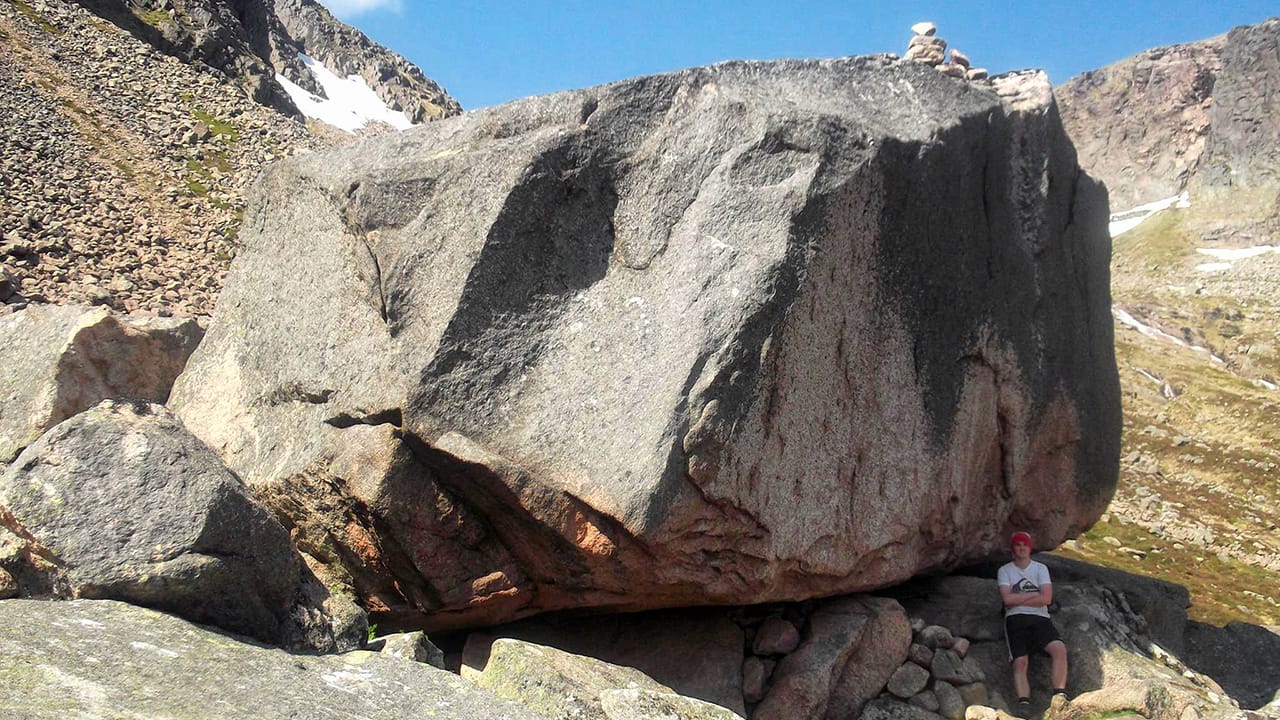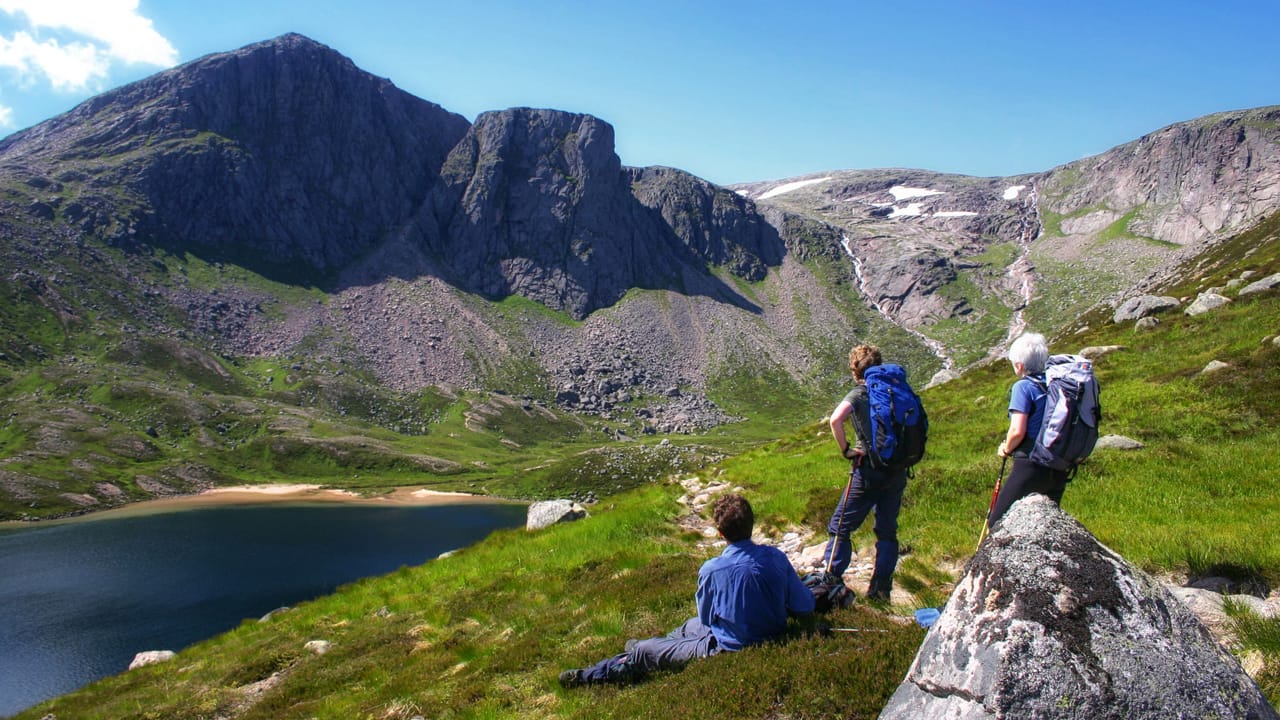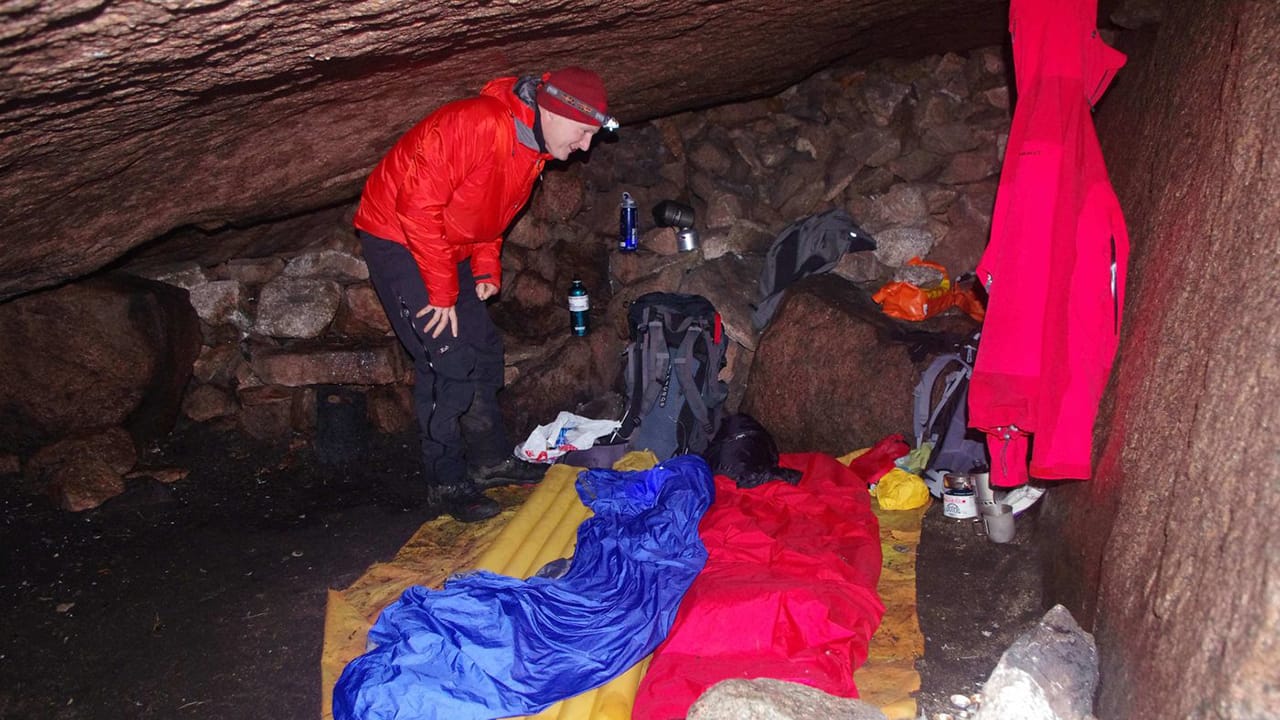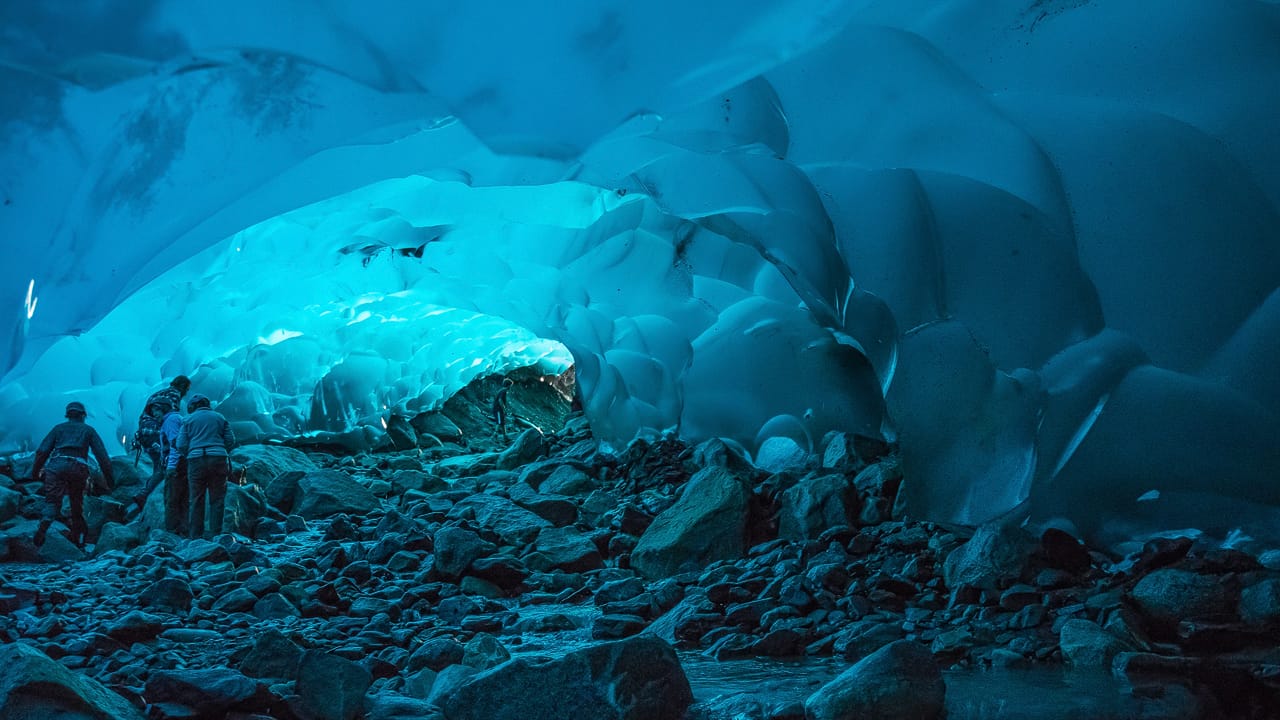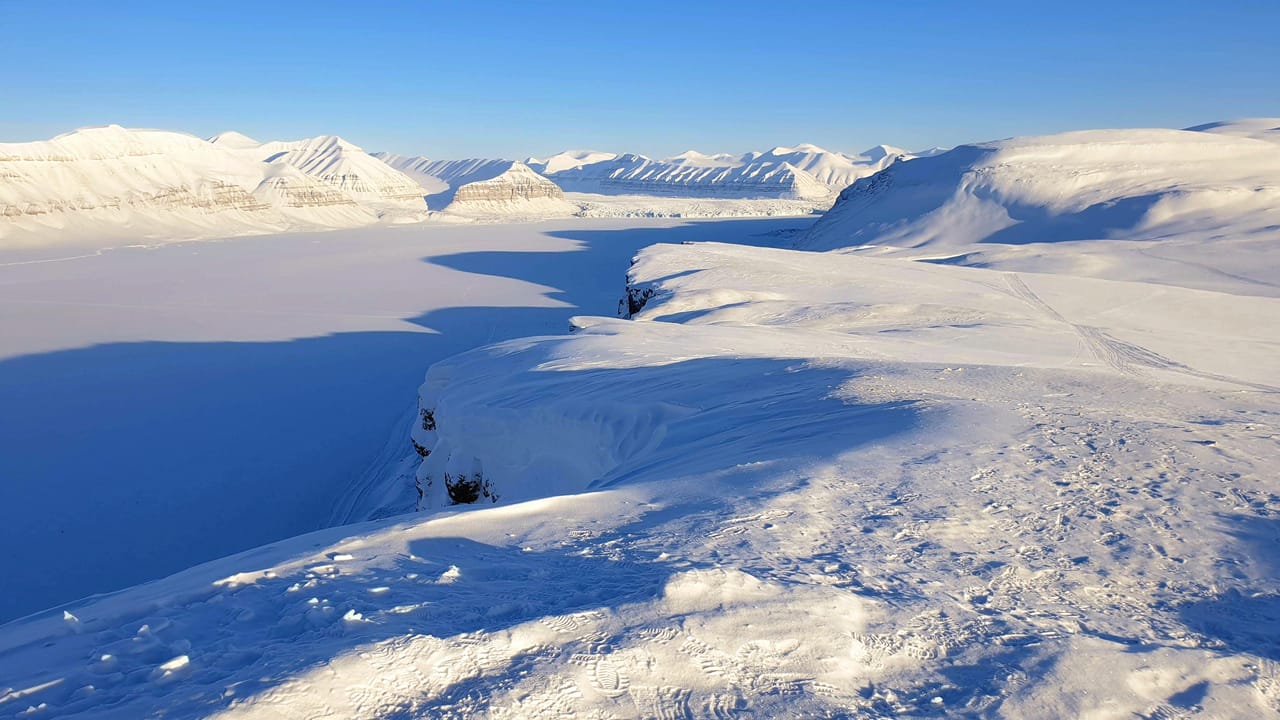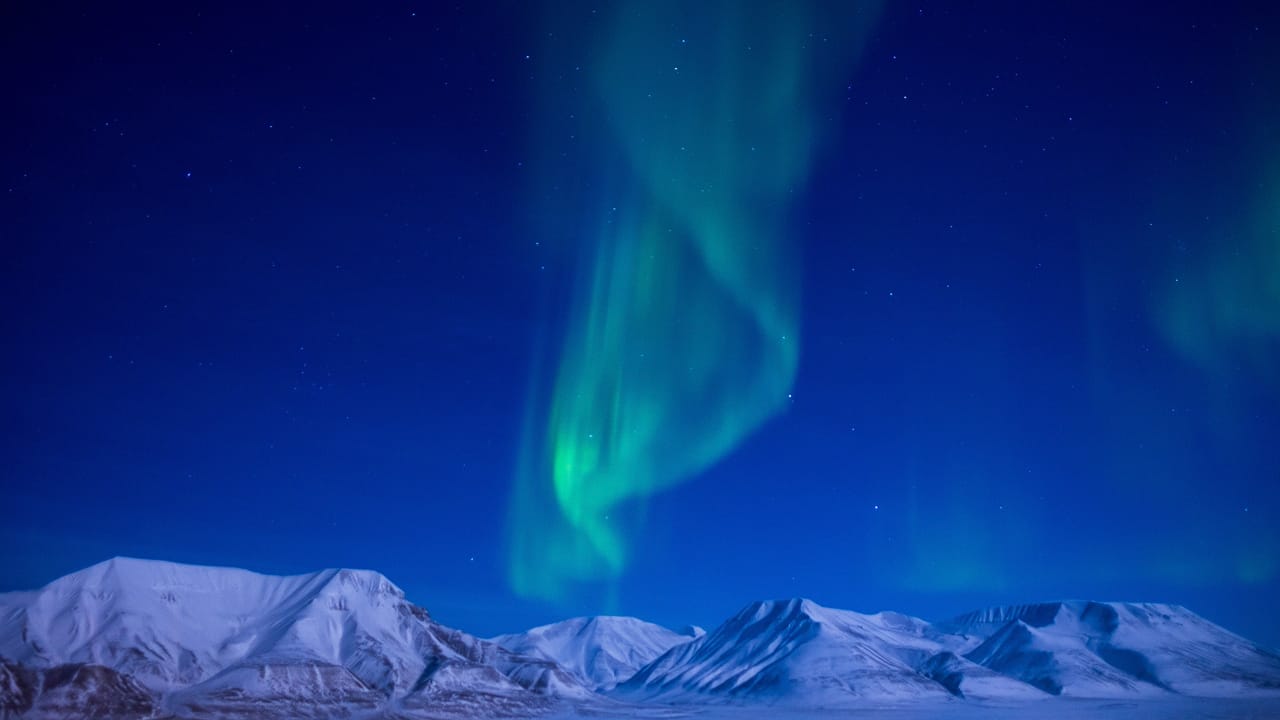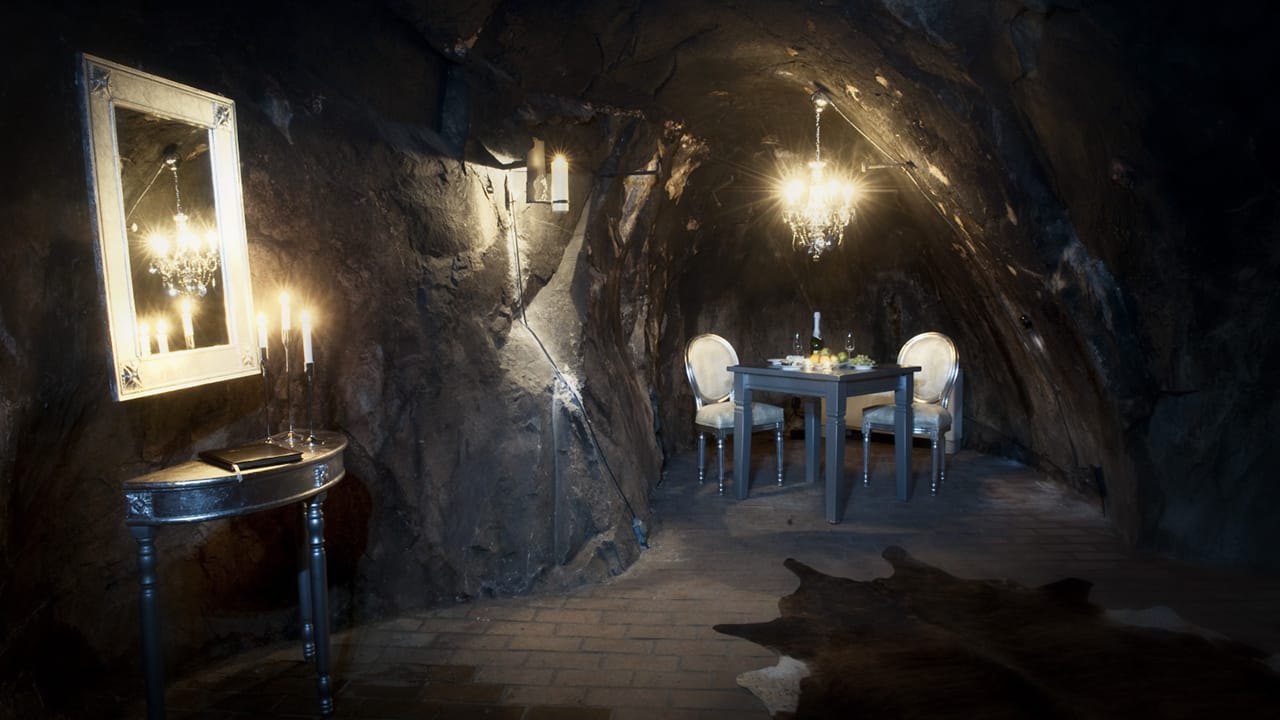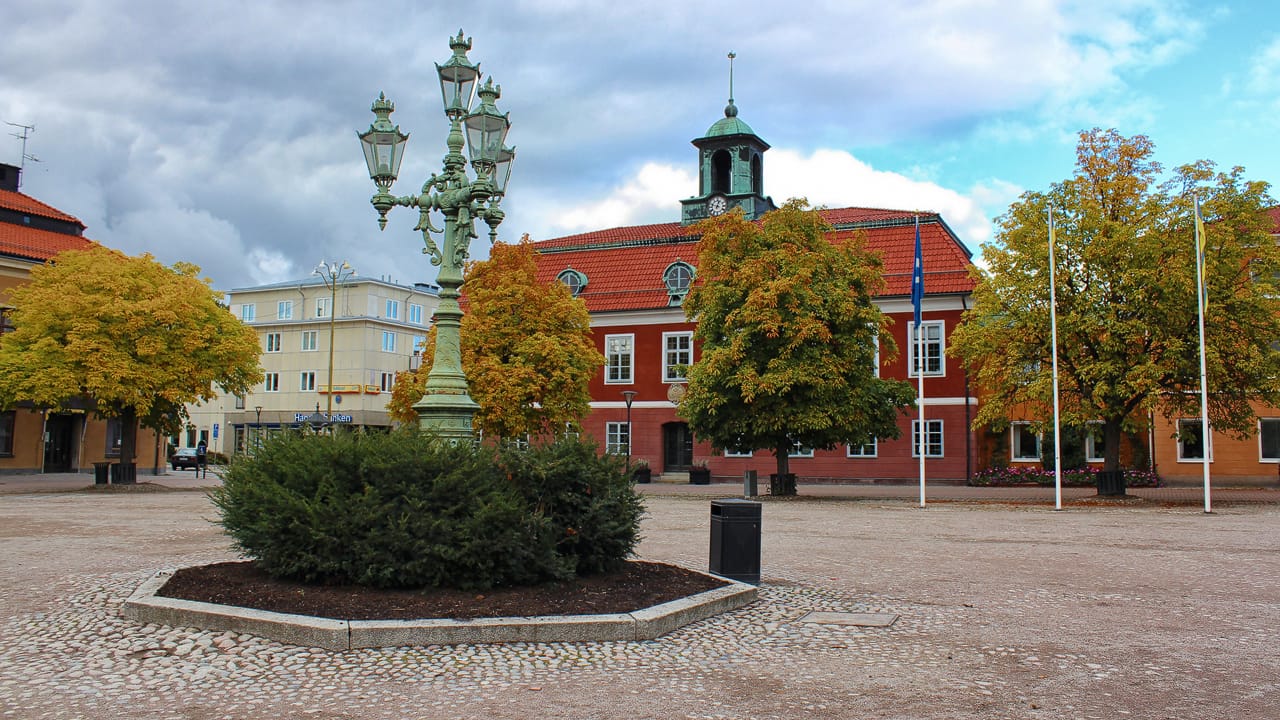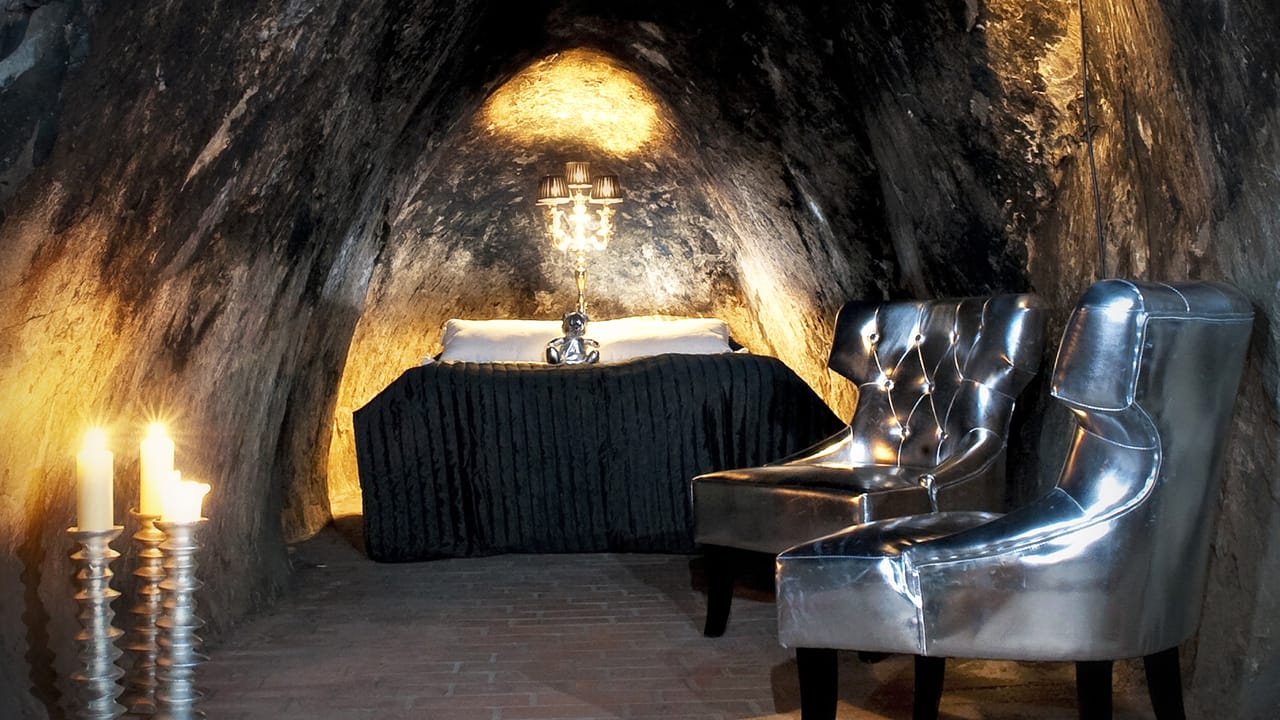At 155 m/508 ft underground, this hotel suite may well be the deepest in the world. It's furnished with a luxurious double bed, champagne, and all the silver trimmings (obviously). Temperatures in most of the tunnels sit at around 2°C, a little chilly, but happily the hotel room enjoys a warm pocket of air, keeping it at about 18°C.
As you would expect, you can't get mobile phone coverage that far underground, so the only way to communicate with the outside world is via an intercom, which you can use to contact an on-call staff member.
Where’s the most extreme place ewe’ve slept?
Where is the most place extreme place you've ever slept? How did you do it? Did you enjoy the experience?
Reply with the hashtag #ExtremeHerdySleepover for a chance to be included in this post. Also, join the flock on our Facebook, Twitter, or Instagram, or you can email us, too.
Your #ExtremeHerdySleepovers
“In the Umfolozi, South Africa. I did a primitive trail there, 5 days and 4 nights sleeping out in the bush. 8 of us and 2 armed Rangers. We took all we needed in a pack on our backs. Walked 10 km a day, slept at night under the stars, no tents . We all took a turn at night watching to make sure no lions or leopards crept up unawares. It was a most fantastic experience, even getting charged at by rhinos at one point. Enjoyed every minute of it…”
“Underneath the stars in the Namibian Desert (with Barking Geckos all around). We were on a 9-day tour in a small group of different nationalities. We got to the lodge for the night, everyone was assigned their rooms except us and another couple. We were taken on a 20-minute journey to another lodge on a high plateau overlooking the desert. We were allocated our chalets and found out they all had decks and rollout beds, so you rolled your bed out to sleep under the stars! That night we had the only rain shower of the whole trip! The stars above were incredible (before the rain) but a lot of time was spent listening to the scrabbling and scuttling noises on the deck, plus a few grunts (not us!) and the Barking Geckos! Amazing night!”
“A WW2 German Pillbox. The Chanel Islands, Alderney in particular, have many German Pillbox’s around their shore line. They were built to last, many tons of concrete for even quite a small one. Nowadays they are owned by those that own the land, and are used for storage etc., no way can they be removed. Back in the 60’s our scout group would regularly have our two-week summer camp on the island. We had a minibus which would bring over the tents etc., and the scouts would fly over. One year, the tents had to catch the ferry, and the flights were postponed for a day. A quick ring round the local people and we were offered the use of a completely empty pill box. Our scout group had made many friends over the years, a couple even married local girls, so yes I slept in a very cold, German Pillbox!”
“In the drying room of the Leeds university mountain hut. I swear my mouth had turned to sandpaper overnight.”

